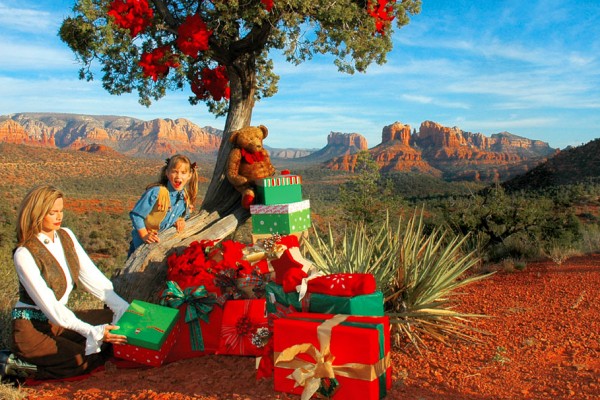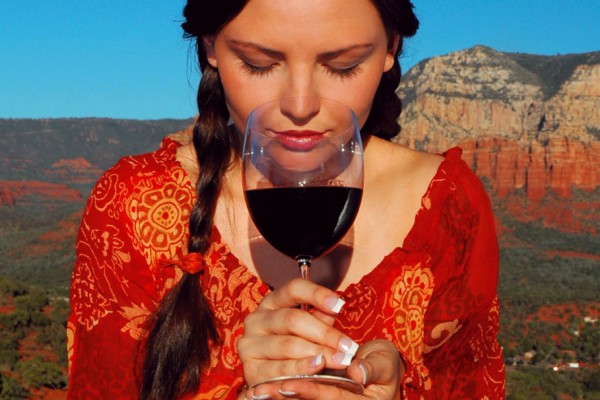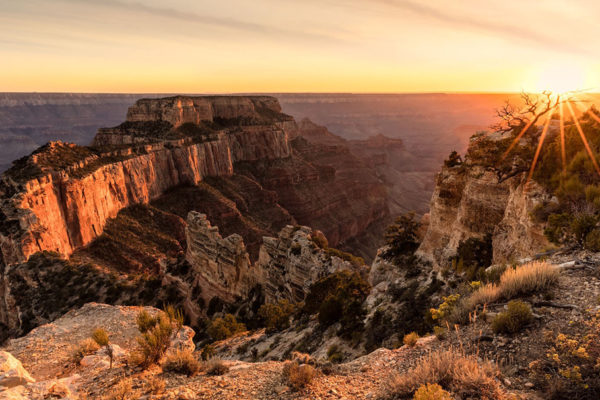Continued (page 3 of 9)
What year is this now?
Marion: Nadia took over about our third or fourth festival. She was there for many years. But what happened was the committee got so unwieldy. All our meetings were like 30 people. But we only had a small amount of screeners, I was doing it, Connie was, Sheila, you were doing it. Actually, Sheila, didn’t you start as a host? Sheila was a host for all our Hollywood visitors – who did you host?
Shelia: I hosted Laurie Seymour’s sister, who brought in a film. Two films, I remember, one was a film in a senior citizen’s home, and one, interestingly, was about mah jongg. I didn’t know what it was, and now I’m deeply involved in it – much like the festival, didn’t know, and now I’m deeply involved in it.
Marion: That sort of established the way we treat our filmmakers. We treat them with great respect, with great honor, and we want them to be successful. That has gotten around in the industry; filmmakers know they come here and they’re going to be treated very well.
Debbie Williams: And we’re talking not only the well-known people, but also the ones who are just starting out.
And the roots of that go back to the very beginning.
Marion: Yes, with the hosts, for example.
Shelia: At some level, that’s because of the way Sedona was, is. Almost everybody is from elsewhere, so you just include people. So, we do not have the “sophistication” to know we’re supposed to be snobs. [Laughter] We’re not going to treat the people who are making their first three-minute or one-hour movie differently than we’re going to treat our big stars. We’re just with people the way they are as people. And that’s something we never want to lose. It makes us a part of everybody’s movie, or at least everybody’s world, and that’s exactly what makes us unique.
Marion: It created an intimacy. We’re an intimate festival, I like to call us a boutique festival. It’s not this BIG, grand thing, it’s not loaded with the big muckety-mucks from Hollywood, big producers, it’s a nice, homey but high-quality festival. It’s like Telluride, that’s the only other film festival I know of that’s on the same kind of wavelength. It’s warm. Of course, the red rocks don’t hurt.
Do you remember in particular an instance of a filmmaker commenting on that?
Shelia: I remember getting a letter from a filmmaker who said, I’d given up on festivals, you go and you’re invisible, no one feeds you, nobody says anything to you. And then I came to Sedona, and it was a whole different experience. And as I said, that’s how we are. And to have someone who’s already satiated with festivals, and given up on festivals be enlivened again, well, then we did our job, well, one wonderful part of our jobs.
Marion: Festivals now, it’s the only place these filmmakers can get exposure, and they’re becoming more popular. The industry is controlled by these big, blow-‘em-up movies, and there’s no place for these guys.
It’s no wonder film festivals are booming.
Debbie: I think every state has one now.
Patrick Schweiss: When I started [as festival director] 2 1/2 years ago, there were 1,800 festivals, now there are 3,400 around the world.
Shelia: When I was in New York, I met a guy who was involved in a festival that only has films about animals.
Marion: People are looking for a gimmick, a groove that makes them different from the other festivals.



